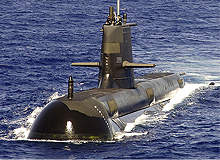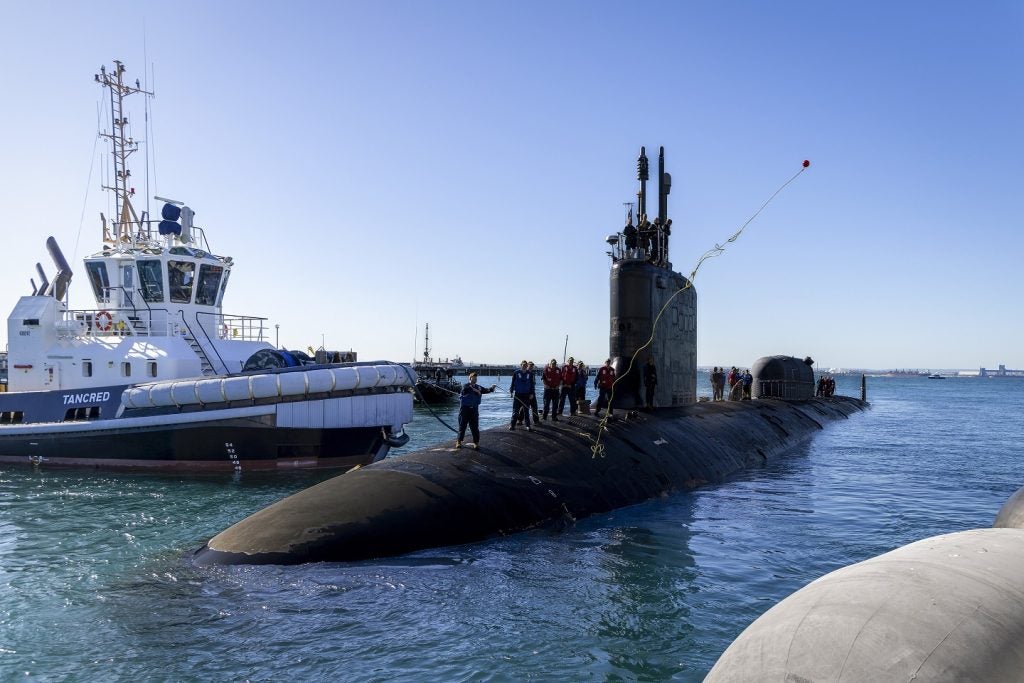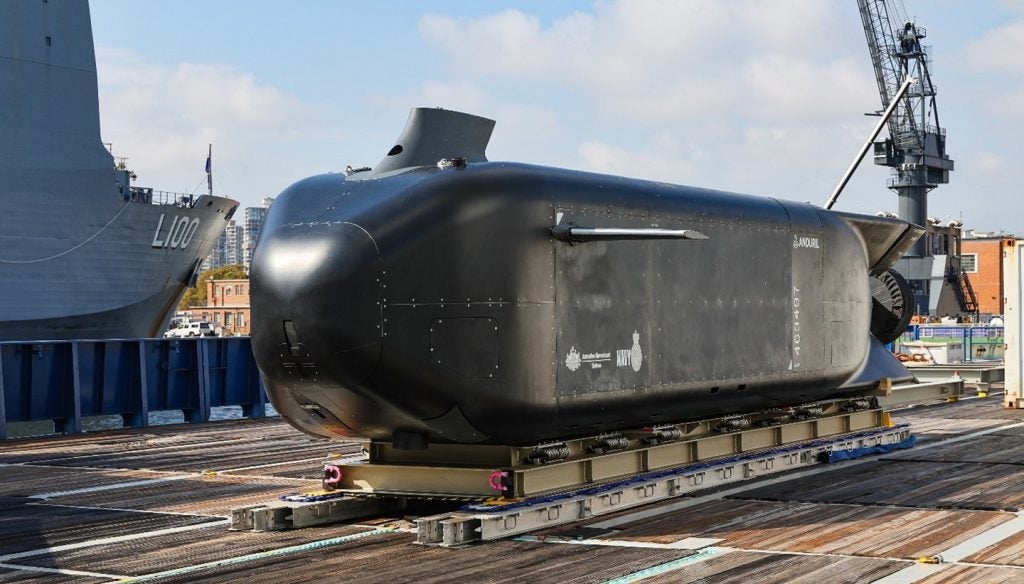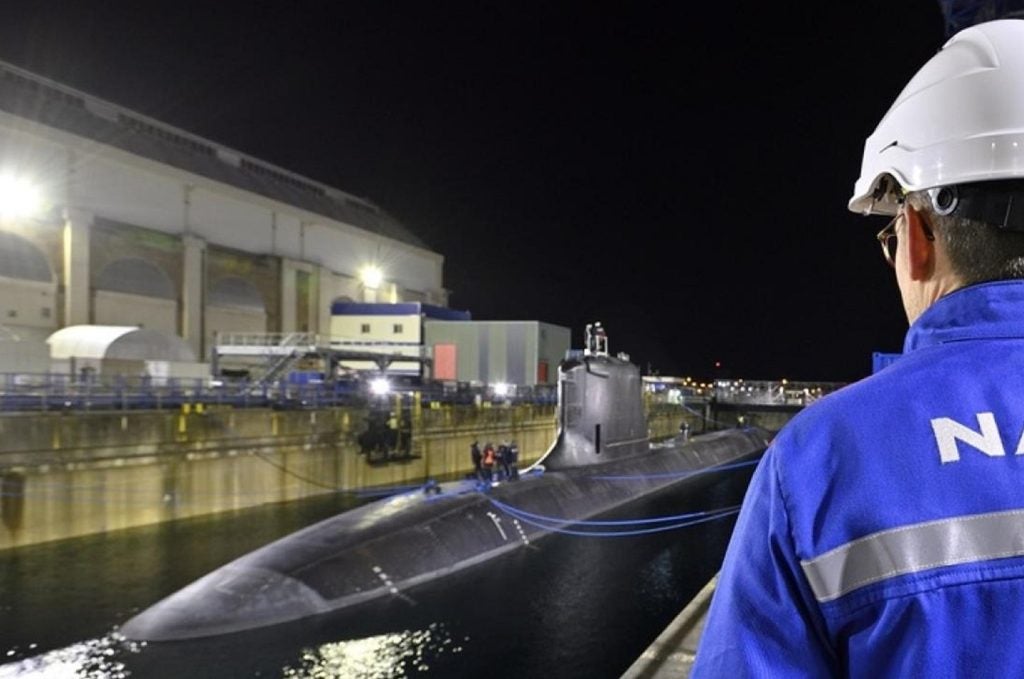
Australia’s decision to replace its submarine arsenal, laid out in the 2009 white paper “Defending Australia In The Asia Pacific Century: Force 2030”, rests fundamentally on a number of major strategic security trends in the region, such as the rise of India and China to almost superpower status and also important changes in the political power of other countries such as North Korea.
Named SEA 1000, the ambitious project will begin deliveries in 2020 and extend over the next decades to become the most expensive defence procurement ever undertaken in Australia. Eventually this future submarine project will provide Australia with a new and more potent defence capability with greater range, longer patrol endurance and increased capability than the Collins Class.
The Royal Australian Navy (RAN) intends to conduct proactive combat operations at a fair distance from the country’s shores, so the new boats must be able to carry out anti-submarine and anti-surface warfare as well as precision land target strike, intelligence, surveillance and reconnaissance, electronic warfare, mine warfare and support to special and advance forces operations.
The course of the project is divided into three different phases. After finishing the initial definition phase, the next phase of concept design is due between 2011 or 2013, and preliminary and detailed design will last between 2013 and 2016. The final construction phase is supposed to start 2016. It is also intended to define and integrate the primary requirements for the weapons capabilities in the last two phases.
How well do you really know your competitors?
Access the most comprehensive Company Profiles on the market, powered by GlobalData. Save hours of research. Gain competitive edge.

Thank you!
Your download email will arrive shortly
Not ready to buy yet? Download a free sample
We are confident about the unique quality of our Company Profiles. However, we want you to make the most beneficial decision for your business, so we offer a free sample that you can download by submitting the below form
By GlobalDataA range of desired features have already been named. Nuclear propulsion has been ruled out by the government, but nevertheless an air-independent propulsion system will still allow them to remain underwater much longer than the Collins Class boats. Other features include state-of-the-art batteries and sophisticated, secure and real-time communications. The new submarines may also be able to carry different mission payloads such as unmanned underwater vehicles.
See Also:
Level 1 – the cost
When the defence capability plan was released in June 2009, estimated costs for SEA 1000 were not specifically identified, but the project’s acquisition category was listed as “Level 1 – very high”, expecting the project to exceed $1.5bn. Experts from the Australian Strategic Policy Institute (ASPI) forecast that costs could reach around $36bn.
The government had highlighted the strategic importance of this capability and therefore the need to involve Australian industry into the design, development and construction phases, and the sustainment and maintenance lifecycle of these boats. ASPI’s analysts on the other hand have also pointed to the fact that over $20bn might be saved by buying off the shelf.
Regional developments
Australia, however, is far from being the only country in the Asia-Pacific area contemplating new submarines. Over the next two decades many new submarines will be launched by countries adjoining the Indian and Pacific Oceans. Some will be European-designed submarines with limited range and endurance but potent capability in their specific areas of operation. China, India, Russia and the US. On the other hand will launch and operate nuclear powered boats.
The Australian Government is generally expecting an increase of military capabilities in the region due to the rise of prospering countries, like China and India. Not only due to this build-up the area could become a stage for increasing tensions between the major powers of the region. As stated in the white paper, this could happen if the interests of the US, China, Japan, India or Russia intersect and: “As other powers rise, and the primacy of the US is increasingly tested, power relations will inevitably change.”
Military night in the Indian Ocean is also expected to see a greater presence, the government predicts: “A number of major naval powers are likely to increasingly compete for strategic advantage in this crucial maritime region.”
Besides the country’s northern maritime and littoral approaches, the government therefore has set a primary operational environment for the Australian Defence Force to focus on, ranging from the eastern Indian Ocean to the island states of Polynesia and from the equator to the Southern Ocean.
The expected area of operation for the future submarines is seen to range from the Indian Ocean right around to the North Pacific.
Given the fact that it takes time for a submarine to reach a distant patrol area, Australia does not have enough boats to conduct a sustained campaign in more than one or two places due to availability problems and manning shortfalls on the existing Collins Class boats.
According to the white paper, the construction programme for the future submarines will also be designed to provide the Australian Government with the option to continue building additional submarines in the 2030s and beyond, should circumstances require it.







